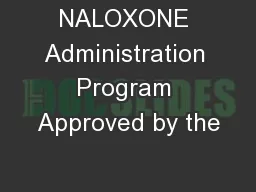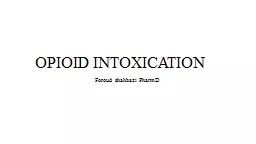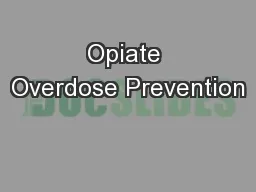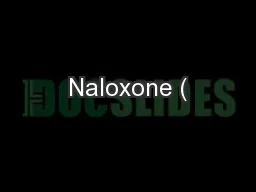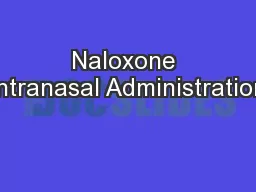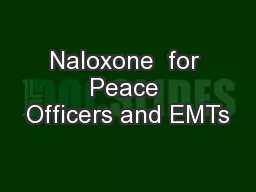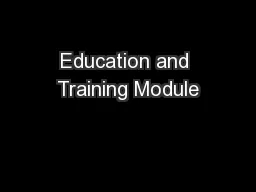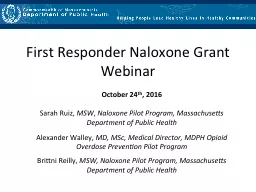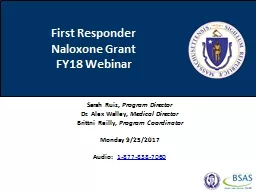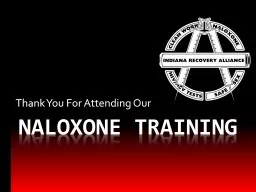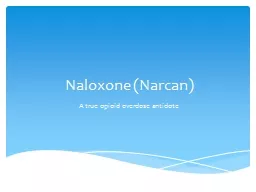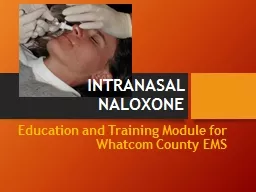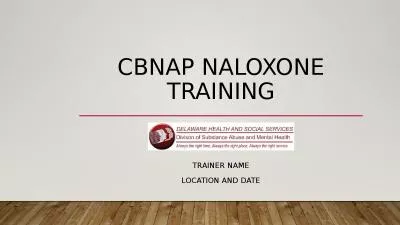PPT-NALOXONE Administration Program Approved by the
Author : faustina-dinatale | Published Date : 2018-09-24
Los Angeles County EMS Agency Special Thanks for the Development of this Program UCLA Center for Prehospital Care Los Angeles EMS Agency Curriculum Committee This
Presentation Embed Code
Download Presentation
Download Presentation The PPT/PDF document "NALOXONE Administration Program Approved..." is the property of its rightful owner. Permission is granted to download and print the materials on this website for personal, non-commercial use only, and to display it on your personal computer provided you do not modify the materials and that you retain all copyright notices contained in the materials. By downloading content from our website, you accept the terms of this agreement.
NALOXONE Administration Program Approved by the: Transcript
Download Rules Of Document
"NALOXONE Administration Program Approved by the"The content belongs to its owner. You may download and print it for personal use, without modification, and keep all copyright notices. By downloading, you agree to these terms.
Related Documents

